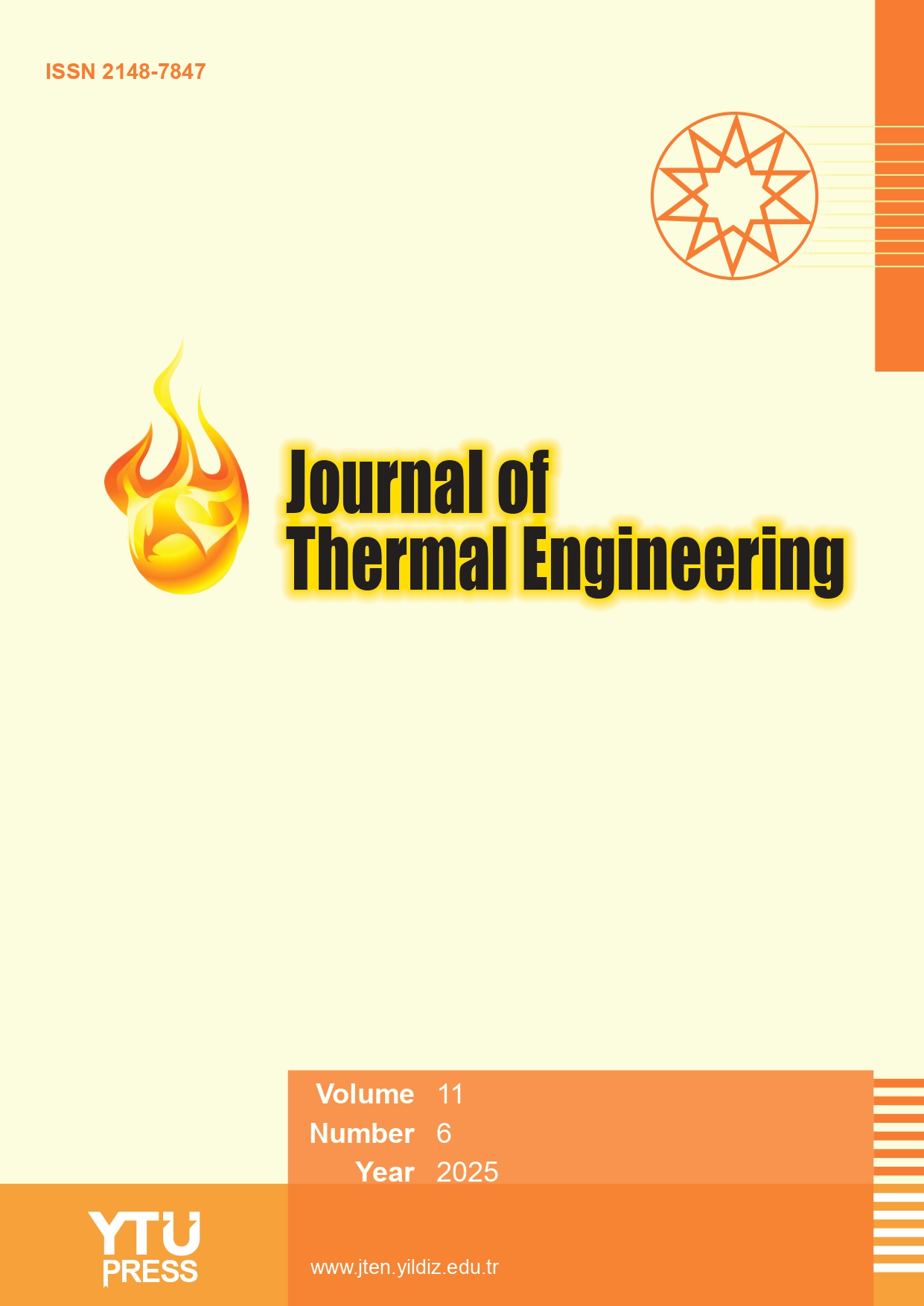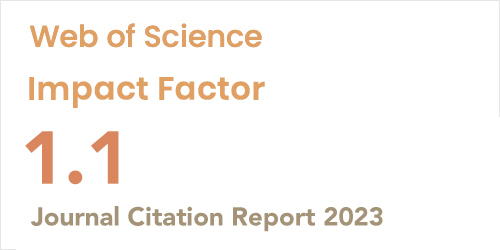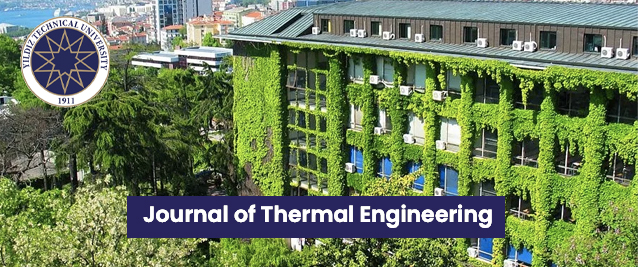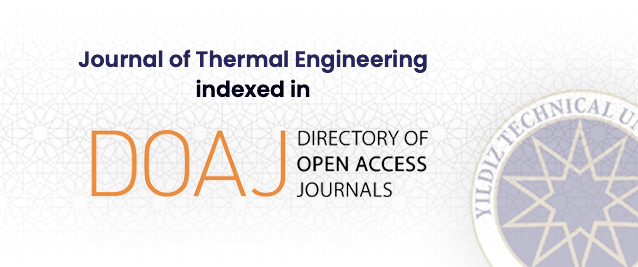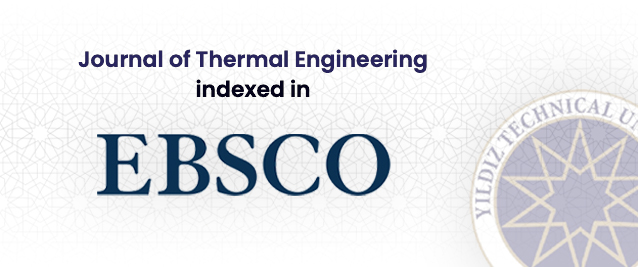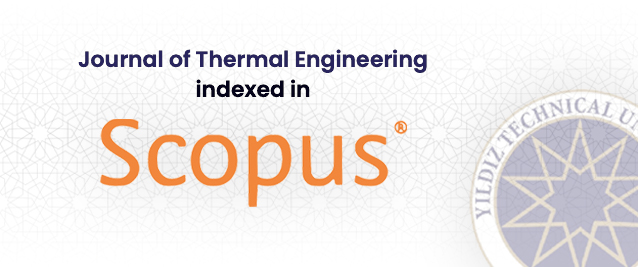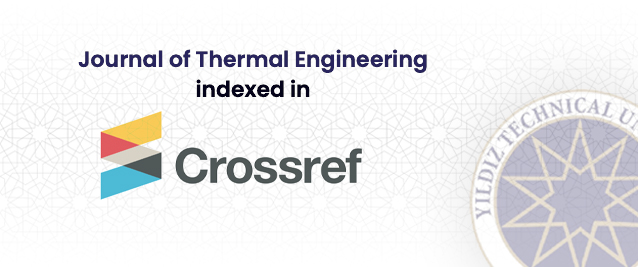2Department of Mechanical Engineering, G. Pulla Reddy Engineering College, Kurnool, Andhra Pradesh, 518007, India
Abstract
The interest in research on diesel engine emission reduction is on the rise. A novelistic combustion technique called Oxy-Fuel Combustion (OFC) with 40% of Exhaust Gas Recirculation (EGR) is studied experimentally on a diesel engine at 25% engine load conditions. Although, in OFC nitrogen oxides (NOx) emissions are eliminated and CO, HC emissions are reduced, there is a considerable reduction in Brake Thermal Efficiency (BTE) and increased Brake Specific Fuel Consumption (BSFC) than the Conventional Air Combustion (CAC). In the present study Response Surface Methodology (RSM) Optimization technique is used to optimize the fuel injection parameters of OFC to improve its performance.
Start Of Injection (SOI), Duration Of Injection (DOI) and Mass Of Fuel Injected (MFI) are the factorial variables considered for the optimization. To examine the impacts of the selected factorial variables on BTE and BSFC, regression models were formulated and verified to be statistically significant. The Multi-Objective Genetic Algorithm results reveal that the optimum conditions are SOI at 358 CAD, DOI at 15.8 degrees, and MFI at 0.0106 g. The validity of the model was confirmed through the experimental results and demonstrated that the prediction error is below 5%. The experimental results of OFC diesel engine with the optimum conditions indicate that BTE is improved from 14.8 to 24.1% and BSFC reduced from 527.7 to 402.3 g/kW-h.
According to the observations of this study, it is concluded that OFC with EGR can be deployed in a diesel engine with no design modifications and the drop in performance in comparison with CAC can be recovered with the RSM optimization.


